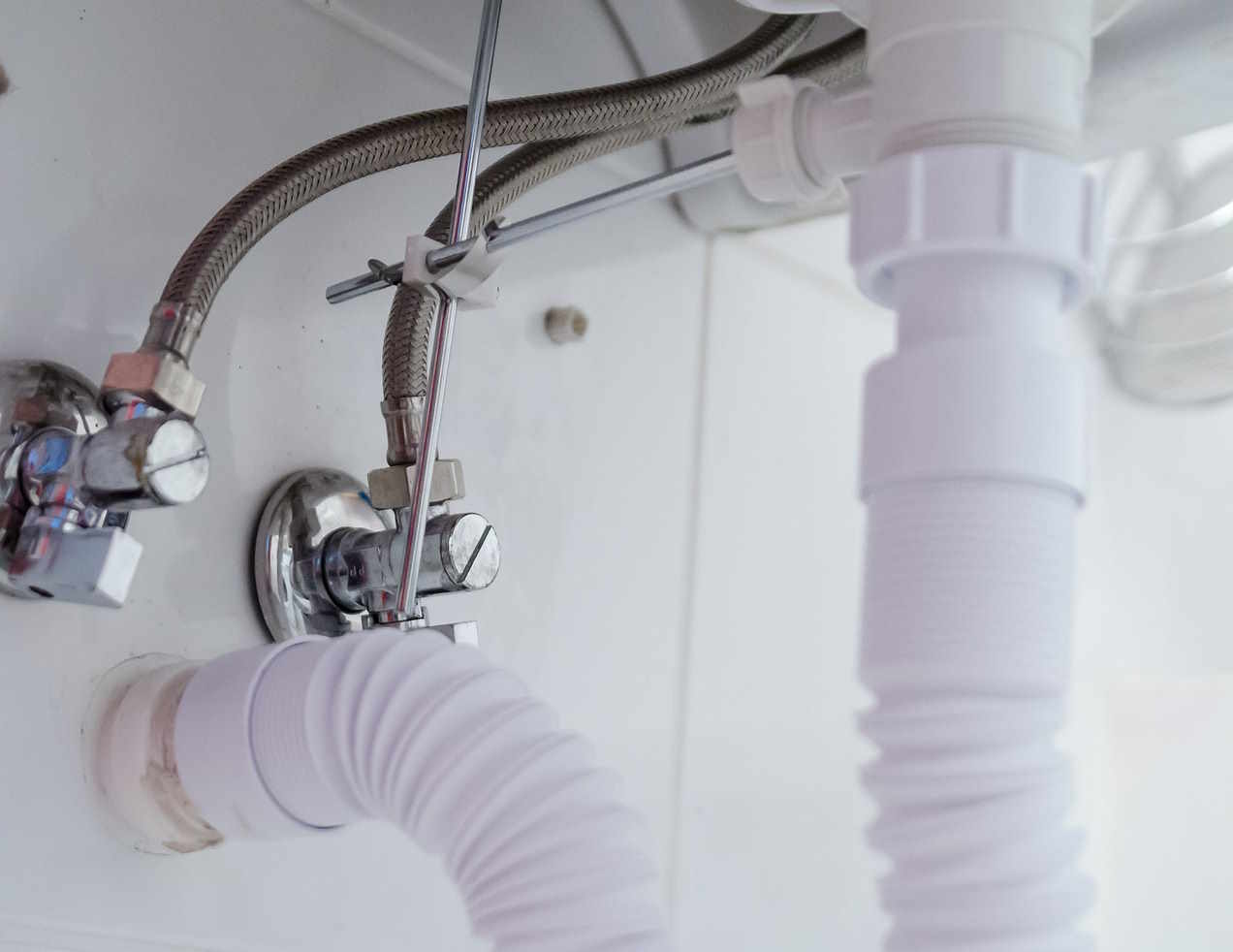Practical Tips for Handling Plumbing and Drain Issues Effectively in 2025
In 2025, maintaining a functional plumbing system is more crucial than ever. With increasing water costs and a growing emphasis on sustainable living, understanding how to address common plumbing and drain issues effectively can save homeowners time, money, and unnecessary stress. This guide provides practical tips for diagnosing and resolving these problems, equipping you with the knowledge to tackle minor issues yourself while recognizing when professional help is essential.

Identifying Common Plumbing Issues
Understanding the signs of plumbing problems is the first step toward effective resolution. Slow drains, gurgling sounds, and unpleasant odors often indicate developing blockages. Water pressure changes, unusual pipe noises, and visible leaks require immediate attention. Regular inspection of exposed pipes, fixtures, and drain areas helps detect potential issues before they escalate into major problems requiring professional intervention.
Essential Tools and Safety Precautions
Before attempting any plumbing maintenance, having the right tools and understanding safety protocols is crucial. Basic equipment should include a plunger, pipe wrench, drain snake, and leak detection tools. Always shut off the water supply before starting any repair work, wear appropriate protective gear, and keep emergency contact numbers readily available. Modern leak detection devices and smart water monitors can provide early warnings of potential issues.
Practical Guidance for Resolving Plumbing Issues
When addressing common plumbing problems, start with the least invasive solutions first. For clogged drains, begin with a plunger or natural cleaning solutions before using chemical cleaners. Small leaks might be temporarily resolved with pipe tape or epoxy, but permanent fixes often require replacement of affected components. Document recurring issues to help identify patterns and underlying causes.
Long-Term Considerations: Maintenance and Prevention
Implementing a regular maintenance schedule significantly reduces the likelihood of serious plumbing issues. Monthly drain cleaning, quarterly pipe inspection, and annual professional assessments help maintain system integrity. Consider installing drain screens to prevent debris accumulation and regularly inspect water pressure levels. Proper disposal practices and avoiding harmful substances in drains contribute to long-term system health.
Smart Home Plumbing Technologies
Modern plumbing systems now incorporate smart technologies for enhanced monitoring and maintenance. Smart water meters, leak detection systems, and automated shut-off valves provide real-time alerts and protection against water damage. Connected devices can track water usage patterns and detect anomalies that might indicate developing problems.
| Smart Plumbing Solution | Primary Function | Average Cost Range |
|---|---|---|
| Smart Water Meters | Usage Monitoring | $150 - $400 |
| Leak Detection Systems | Early Warning | $200 - $600 |
| Automated Shut-off Valves | Emergency Protection | $300 - $800 |
| Smart Pipe Sensors | Temperature/Pressure Monitoring | $100 - $300 |
Prices, rates, or cost estimates mentioned in this article are based on the latest available information but may change over time. Independent research is advised before making financial decisions.
Effective plumbing maintenance combines traditional methods with modern technology to prevent and address common issues. Regular inspection, prompt attention to minor problems, and the integration of smart monitoring systems create a comprehensive approach to plumbing care. Understanding these fundamental aspects helps property owners maintain their plumbing systems efficiently while potentially reducing long-term maintenance costs.




